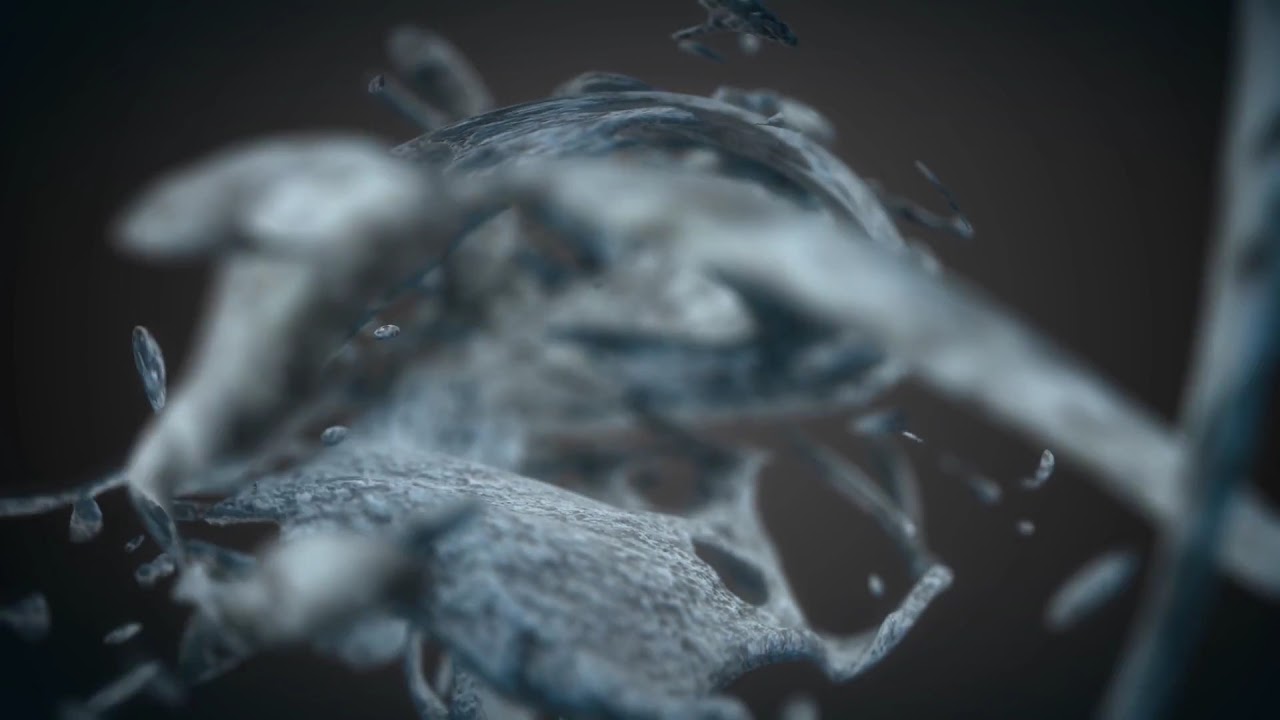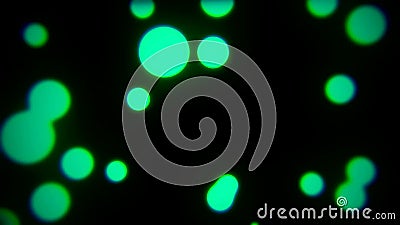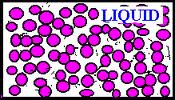
The substeps help with general motion and make the simulation more accurate. These are only available if 'Auto' has been unchecked. The minimum and maximum number of substeps used in the simulation. But if you are not happy with the automatic settings, you can uncheck this switch and change the values manually. If you leave this switch checked, the object will try to determine the optimal settings for substeps and density iterations. In this version, the PBD fluids have substeps and density calculation iterations, which you can alter from the object itself. The value to use when 'Check Density' is on. Occasionally (for example, with slow-moving particles on emission) you may need to turn this on, Density The value used in the density check is found in the 'Density' setting. If it is turned off, no check will be applied. If this parameter is turned on the density will be checked to ensure consistency in the particle stream. Check Densityįluids are normally incompressible so have a constant density. By default it is set to 1%, and older scenes imported into the new version will see this value automatically set to 1%. Increasing this setting damps the forces but also reduces motion from the fluid. If you simulate a fluid with a density that is very low then the forces trying to keep the density can become very large, if the smoothing radius isn't sufficiently large enough to smooth over enough particles (low density means the particles are spaced further apart, and if this is beyond the smoothing distance it can become unstable). When this is reduced the smoothing effect is reduced and the result is more chaotic, as seen in this video where the radius is set to 50%:ĭamping helps to reduce explosive forces. The radius over which the properties of the fluid are smoothed (such as density). Different GroupĬollisions occur between particles from different particle groups.


Different EmitterĬollisions occur between particles from different emitters.

This is the same behaviour as in previous versions of X-Particles. It is added for use with the new X-Particles dynamics engine and can be used to generate particle to particle collisions, which normally do not occur within fluids. This menu determines what will happen if collisions occur between particles. Increase the value to increase the degree of mixing. If you have more than one emitter, representing two different fluid simulations, this setting will mix the particle colour with that of its neighbours, to simulate the effect of liquids mixing. In this video the pressure has been increased to 100%: The effect is to simulate an increase in surface tension which pulls neighbouring particles together. This is a factor applied to the particles to prevent them from breaking up into lots of tiny clumps. In this video repulsion has been increased to 100%: This can be used to help to reduce particle clumping when only a few particles are close by. This is the effect with attraction set to 25%:Ĭauses the fluid particles to be push away from each other to force them to spread out more. You might think this leads to a smoother, more coherent particle stream, but in fact it is attracting particles into clumps, causing the stream to break up. This causes this fluid particles to pull together giving an attraction much like surface tension. The vorticity in this scene has been increased to 100% and you can see the added turbulence it introduces: If your fluid needs added vorticity then this can be added using Curl Turbulence (see the Turbulence modifier). This will gives a more swirling and turbulent motion. This increases the curl of the particles motion by adding back in any vorticity already present in the fluid. Here is the reference scene with Viscosity set to 300%: You may need to increase this value quite markedly to see significant changes. To make a really viscous fluid it might help to add some particle-particle attraction.

It adds the velocity influence of the surrounding particles, which gives a more viscous motion. However, this isn't "true" viscosity, it is an approximation. For reference, here is a simple setup with the PBD Fluid object parameters at their defaults: When considering these parameters, it may be helpful to show short video demonstrations of what they can do. Interfaceįor the 'Groups Affected' and 'Falloff' tabs, and for the buttons at the bottom of the interface, please see the ' Common interface elements' page. Note that this object governs the behaviour of the fluid to create a mesh from the particles you will need an OpenVDB Mesher or a Skinner object.
#Liquid particles simulator
See also the Fluid FX object for a second fluid simulator in X-Particles.įoam is controlled in a separate object, the X-Particles Foam object. Brief details on using this object can be found below.


 0 kommentar(er)
0 kommentar(er)
